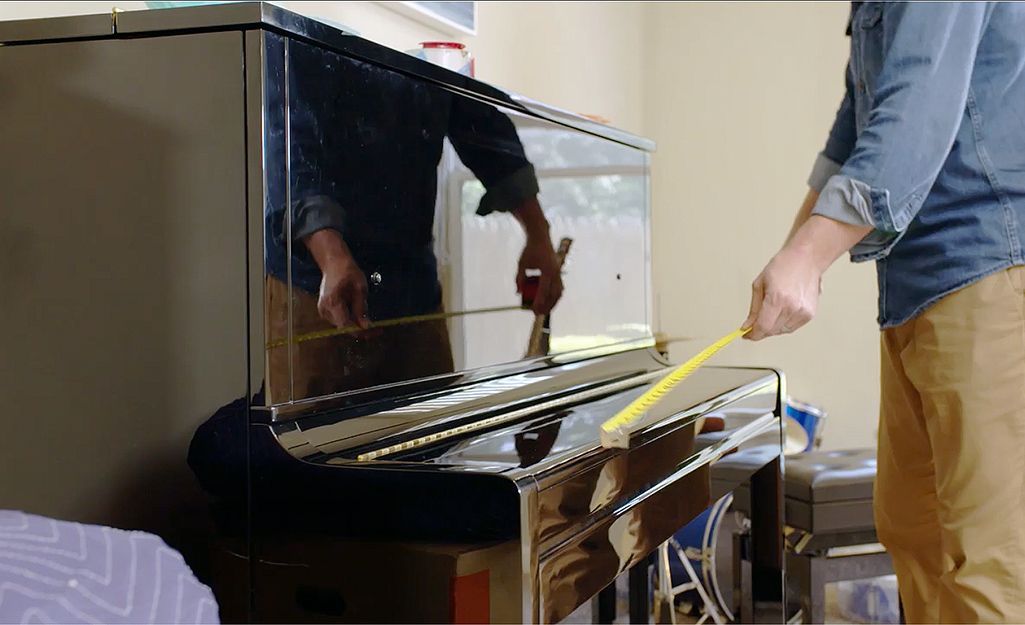
Moving a piano is a delicate task that requires careful planning and execution. From properly assessing the instrument and pathways to safely transporting it to its new location, each step demands precision and attention to detail. Many homeowners underestimate the complexity involved, which is why consulting professional movers in San Antonio can save you from potential damage and injury. This guide outlines the essential steps to successfully relocate your piano, including tips for navigating those challenging tight spaces and awkward corners that often cause problems during moves.
Assessing the Piano and Pathways
Before relocating a piano, thoroughly examine both the instrument and the routes through which it will travel. Check for loose parts, keys, or pedals that might become damaged during movement. Note any delicate components needing extra protection. Measure the piano's dimensions and weight to determine the necessary manpower and equipment. Survey all pathways, doorways, staircases, and hallways to ensure they can accommodate the piano's size. Identify potential obstacles and plan the most efficient route. This comprehensive assessment helps prevent accidents and ensures a successful move.
Gathering the Necessary Equipment
Proper equipment is crucial for a safe and successful piano move. Based on extensive moving experience, these essential tools should be collected beforehand:
- Heavy-Duty Furniture Dolly: Facilitates smooth transportation across flat surfaces.
- Piano Skid Board: Protects the piano's legs and enables easier sliding movements.
- Moving Straps: Secures the piano to the dolly, preventing shifts during transport.
- Furniture Blankets: Shields the piano from scratches and impacts during the move.
Having these items ready ensures you're properly prepared for the task ahead.
Safely Securing and Lifting the Piano
Position the heavy-duty furniture dolly firmly beside the piano, ensuring it's stable before proceeding. Once the dolly is secured and locked in place, gather your team, with one person stationed at each corner of the piano. Communication is vital—everyone must lift simultaneously, maintaining straight backs while using their legs to support the weight. Raise the piano gradually, watching for obstacles or uneven surfaces. This coordinated approach ensures a controlled lift that minimizes injury risk and protects the instrument from damage.
Maneuvering Through Doorways and Stairs
Navigating a piano through tight spaces demands caution and teamwork. Your crew needs to move deliberately through doorways and downstairs to maintain control throughout the process. Follow these proven techniques:
- Measure Twice, Move Once: Verify that doorways and staircases can accommodate the piano's dimensions.
- Protective Padding: Apply blankets or specialized padding to shield both the piano and surrounding walls.
- Teamwork is Key: Coordinate movements carefully to prevent accidents and ensure smooth progress.
- Staircase Strategy: Tilt the piano slightly while descending stairs to maintain stability and reduce strain.
Loading and Transporting the Piano
Successfully loading and transporting a piano requires meticulous planning and execution to protect both the instrument and movers. When loading onto a vehicle, ensure the piano is firmly strapped down to prevent movement during transit. Use piano skids or a dolly for safe maneuvering onto the truck. Position the instrument against the vehicle wall with proper padding to prevent damage from vibrations or shifts. Drive carefully, avoiding abrupt stops and sharp turns that could destabilize the piano. Always have assistance when unloading to ensure a controlled transfer at the destination.
Other Related Articles:



